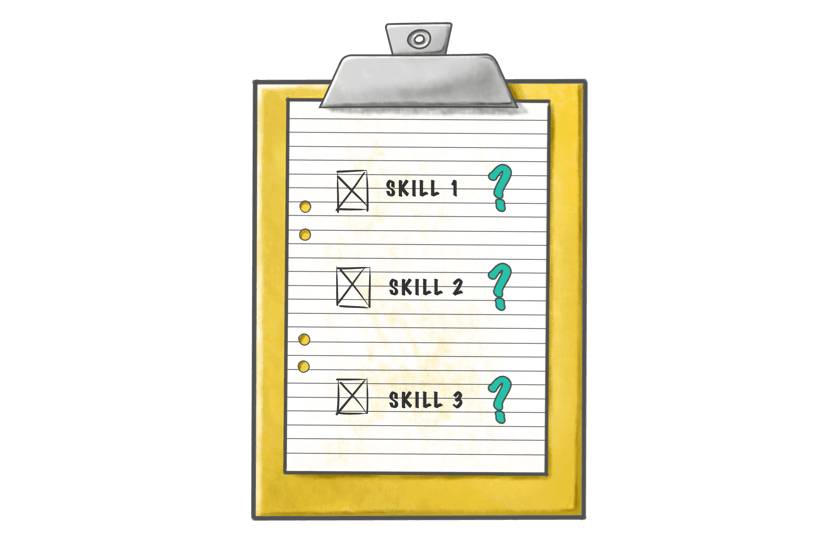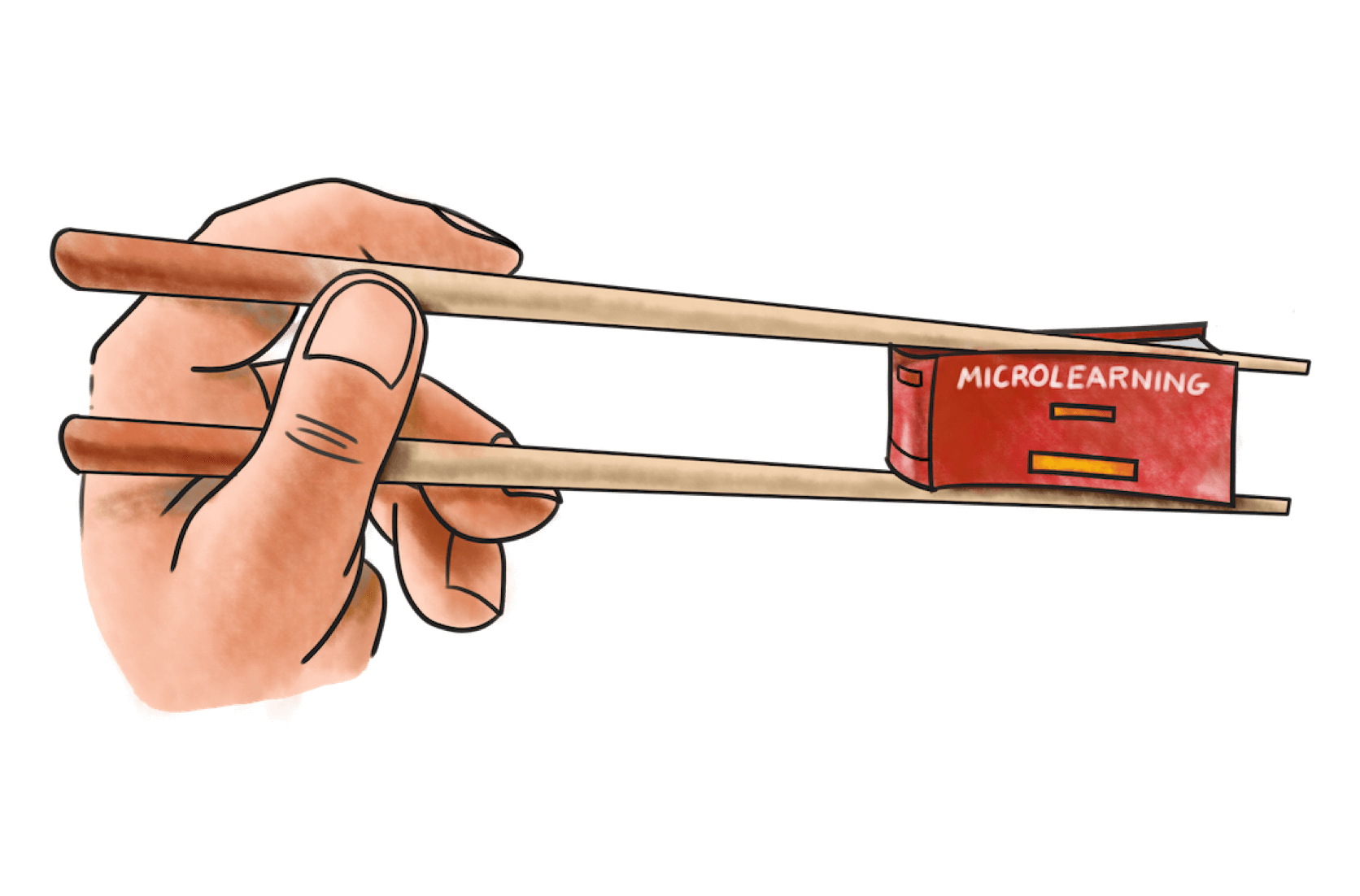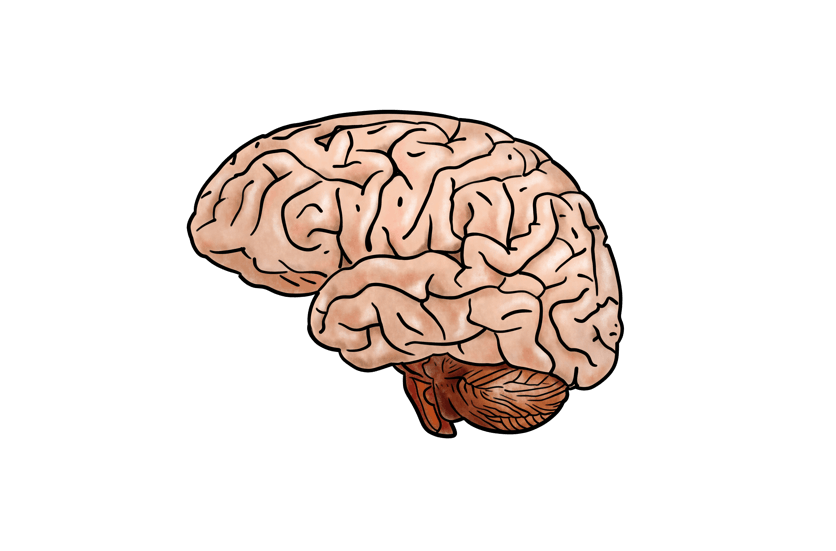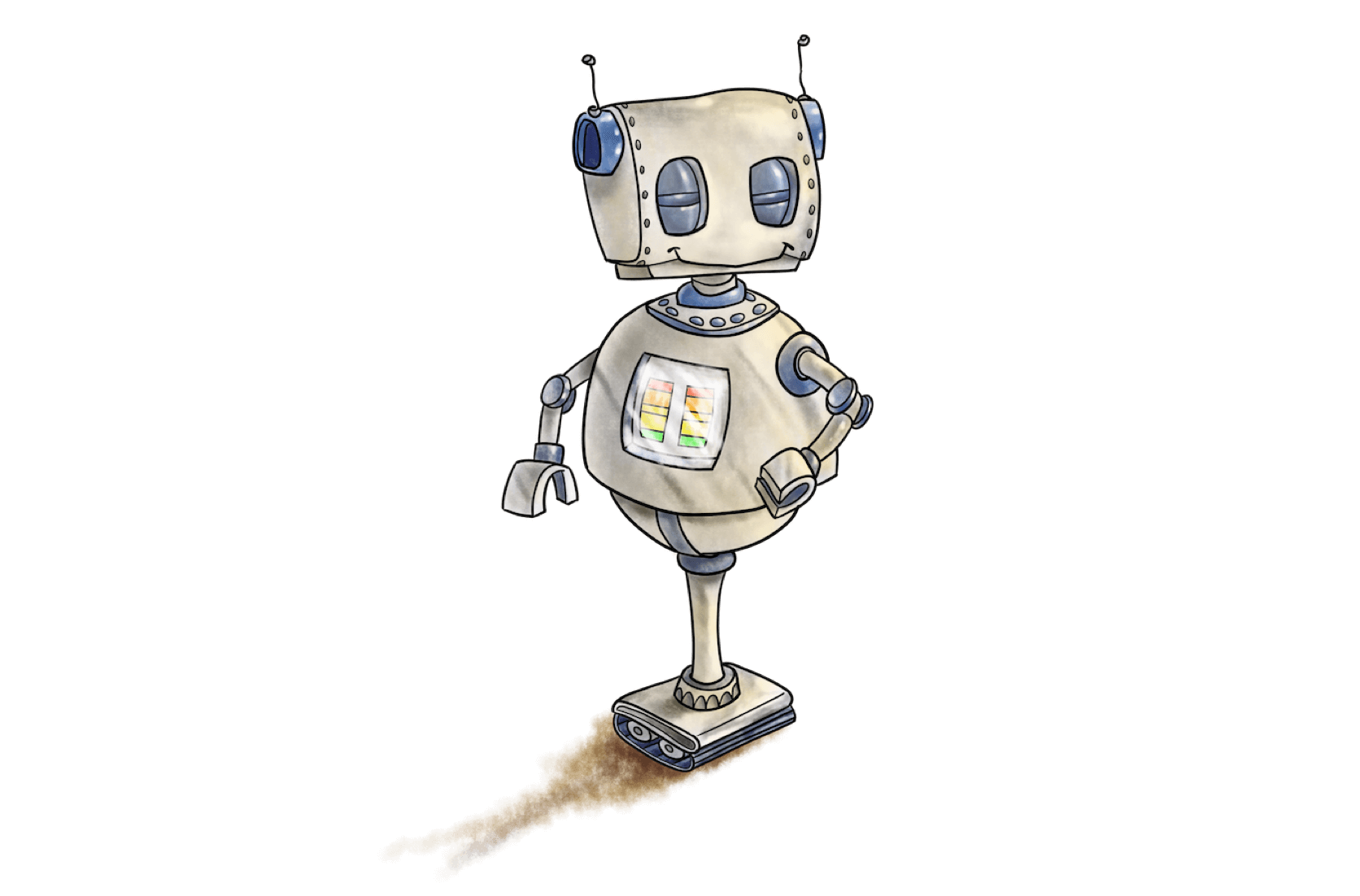
I have always hated Monopoly. It takes forever, ends with everyone angry with each other (at least in my experience), and half the things that are fun in the game aren't even in the rules (apparently you're not meant to collect money on Free Parking?!).

In contrast, I’ll be honest - I'm a complete addict of the mobile game Mario Kart Tour. Nintendo released the app in late 2019, and I've played almost every day since.
All games are not equal - there are certainly some core mechanics that appear in many games (scores, competition, etc), but how those things are implemented can be vastly different from game to game, which is why some games are fun for the whole family, some are fun for die-hard gaming fans, and some fail to achieve fun at all.
And this is exactly the same with "gamification". Referring to the use of game design in non-game contexts, it’s become a buzzword that's bandied about in almost every industry these days, with an apparent expectation by many now that you can take something that's not working, "gamify" it, and magically all the problems will be fixed. Unfortunately, that's not the case – it’s all in the implementation.
How to effectively use gamification
The starting point for using gamification effectively is to determine your goals. How do you want people engaging with your product or material to behave?

Once you have these goals, you can then choose game elements that are targeted at achieving those. Here are some real-life examples:
- Apple Watch Goal: user meets exercise targets every dayGame elements:Rings that close when exercise targets are met, with a “streak” count for closing rings on consecutive days and badges for long streaks
- LinkedIn Goal: user completes LinkedIn profileundefined
- Uber Goal: user behaves well when using Uber’s serviceGame element: Uber drivers are able to rate users, with users having an overall score displayed in the app
Often you will have multiple goals (for example at Yarno, we use gamification to help with learner participation, engagement and retention of information), so you might want to incorporate a range of game elements targeted at different goals.
Finally, it’s important to make sure it’s not just the gamification that’s aligned with your overall goals. Gamification can help with engagement, participation and more – but it’s not a magic bullet if there are problems with your underlying product or material.
How do we apply these concepts at Yarno?
So now we’ve gone through the concepts, here are a couple of examples of how we’re using game elements at Yarno to help achieve different goals:
- Goal: learner engagement Game elements:- separating learning into discreet "campaigns" so that learners have a set timeframe to engage with material- awarding points and displaying leaderboard (optionally for individuals and teams)- displaying streaks for correct answers, and awarding badges for consistent performance
- Goal: regular learner participation Game elements:- separating questions into a daily set of questions to answer (for our embed campaigns)- awarding points for participation in the campaign (even if a learner answers incorrectly)
- Goal: learner retention of new information Game elements:- feedback when learners get a question incorrect, with a detailed explanation- repeating questions for learners so they have the opportunity to try again












































































































